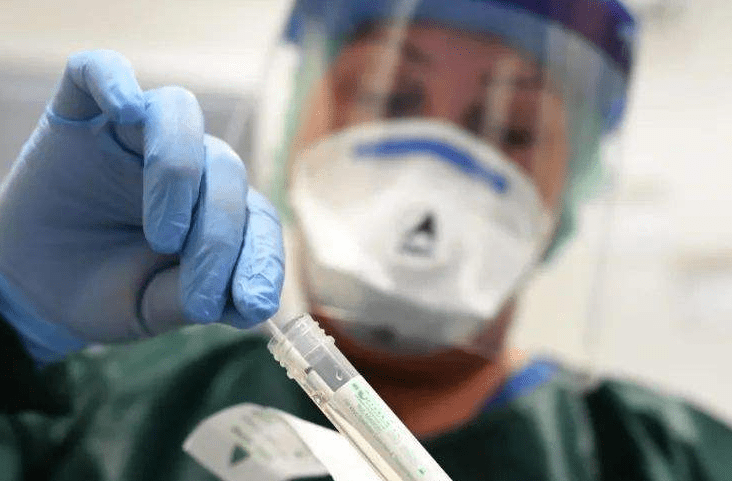On November 29th, the pandemic in Berlin, the capital of Germany, was in an emergency again, with two “red lights” on the three major coronavirus surveillance and warning indicators.
The number of new cases “intensive care beds for COVID-19 patients” and “intensive care beds occupancy” for COVID-19 patients exceeded the alert value of 50 and 25% respectively, in the past seven days.
This is also the first time that the indicator of “intensive care bed occupancy for COVID-19 patients” has been red-lighted since the introduction of the COVID-19 surveillance and early warning system in Berlin.
The health department in Berlin reported the pandemic on the same day that the number of intensive care beds occupied by people infected with the novel coronavirus in the state has reached 25.3% of the total, compared with an average of 200.9 new cases in 100,000 residents in the past seven days.
Usually, the relevant value will only change to “yellow light” or “red light” if the relevant value exceeds the warning value for three consecutive days. At present, the only indicator that Berlin is still in a “green light” is the “human communication index R value”, which is 0.82.
This means that on average, every person infected with the novel coronavirus can be transmitted to less than one other person.
According to the German Federal Disease Control and Disease Control Agency, only if the R value is less than 1 for a long time can the spread of the pandemic be gradually slowing down.
It is reported that the Berlin cantonal government has previously passed a resolution that once two of the “red lights” in the coronavirus surveillance and warning indicators are on, they must intervene.
Berlin Municipal Health Director Kalech posted on social media on the 29th that with the increasing number of infections, more and more intensive care beds are occupied, and the number of infections among medical staff is gradually increasing. We must be alert to the risk of the public health system facing the limit of burden.
He reiterated his call for people to reduce unnecessary social contact, strictly maintain a safe interpersonal distance, and “wear as many masks as possible”.
It is reported that only 16.2% of intensive care beds in Berlin are still vacant. Because in addition to COVID-19 patients, many patients with other diseases also need to occupy the resources of intensive care beds.
Local pandemic reports show that Berlin’s “intensive care bed occupancy rate for coronavirus patients” turned into a “yellow light” on November 3, reaching 17.1%. Since then, the value has maintained a steady upward trend.



